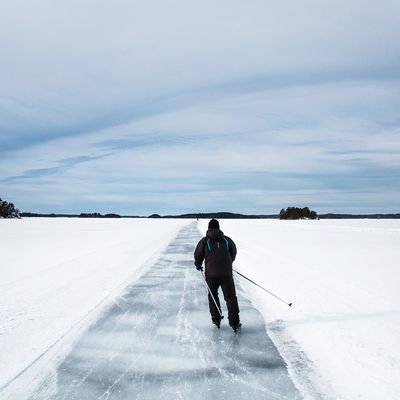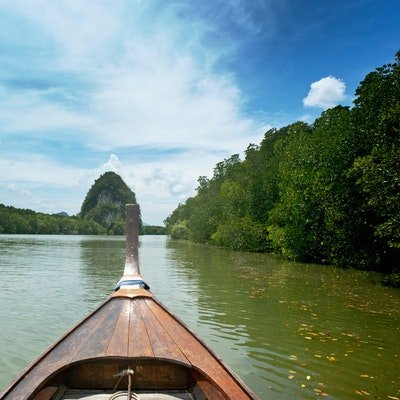Another country in the 'Should I Go or Not' collection, Brazil, is a tempting destination on many bucket lists for its exotic vibes, fascinating culture, and the diversity of its stunning landscapes. The largest country in South America, with a population of more than 200 million, comprising a diverse mix of Indigenous, African, Portuguese, and immigrant backgrounds. It's a hub of international business, boasting the largest economy in Latin America, with São Paulo often referred to as the country's financial capital. The landscapes of Brazil seduce the adventurer, the photographer, and the nature lover, as it's where you will find the world's largest tropical rainforest, the Amazon. Further south, there are the amazing Pantanal wetlands and the picturesque Iguazu Falls. These wild places showcase incredible biodiversity and are home to some of the most amazing creatures on Earth. For the sun lover, there are miles of sun-kissed beaches, and if you wish to party to the rhythm of the samba, there is the city of Rio with its riotous festivals and nightlife.
Brazil’s high poverty and crime are well known, which is why many tourists think twice before going. Overall, it's a safe country, with exceptions to this statement, as with many other countries deemed too dangerous to travel to. It's a question of knowing where within the country is safe and always ensuring that you take safety precautions, even in areas deemed fit for tourists.
The list of dangers in Brazil doesn’t stop at gangs and drugs:
- Terrorist attacks may occur in tourist areas, so avoid crowds and public gatherings.
- Civil unrest, in the form of political rallies or street protests, can quickly escalate into violence.
- Beware of not knowing your surroundings; even in 'safe' cities, there are areas known as 'favelas' (shantytowns) that you should avoid entering.
- Theft and pickpocketing are common, especially during large-scale festivals, on public beaches, and on buses. Do not resist; your mobile phone isn't worth risking your life.
- Other dangers include the usual city criminal shenanigans, from drink spiking to ATM scamming and random kidnappings and killings.
Take out travel insurance and follow the necessary precautions that every travel safety list recommends: avoid wearing expensive jewelry or carrying large sums of cash, and refrain from using your mobile phone in the street. Never walk alone at night or go anywhere with a stranger. Always use registered transportation services; even Uber drivers can be on the iffy side.
Below is a list of the cities considered to be the most dangerous in Brazil:
Belem
The port city you will pass through to get to the lower Amazon region overflows with Portuguese colonial architecture in the old town enclave that's studded with churches, beautiful rainbow-colored azulejo-tile houses, and an old fort from the 17th Century, Forte do Presépio. With its rich cultural heritage, Belem, however, does have prolific street crimes such as bag snatching, robbery, and assault. Strangers to the city should avoid traveling after dark, as there is a proliferation of organized crime that becomes rampant after sunset. English is not widely spoken, so it's a good idea to learn some basic phrases in Portuguese.
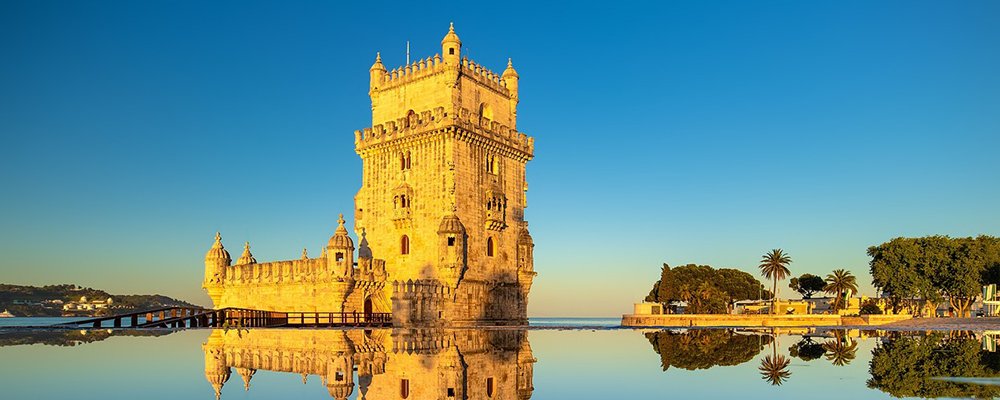
Feira de Santana
A commercial and agricultural hub located 100 km northwest of Salvador, Feira de Santana lacks attractions to draw tourists. It's a city of violence with a high murder rate. Drugs and gangs dominate this city, which has a population of 616,272 souls.
Fortaleza
Number 9 on the 2025 global list of most violent cities, Fortaleza’s beaches are the drawcard for any tourist game enough to stay in this area of violent crime that overshadows its good points. Brazil's fourth-largest city, any stay here includes plenty of beach and watersports, such as kitesurfing and windsurfing. Artisan markets display locally made curios, which are in stark contrast to the soaring high-rise buildings along the promenade at Iracema Beach. Close to the city is Lençóis Maranhenses National Park, which, despite being in a remote area, is considered safe for tourists wishing to explore the diverse ecosystem of the park, including large rainwater lagoons and soaring white sand dunes. The towns considered to be the gateway to the park, Barreirinhas and Santo Amaro do Maranhão, are safe for tourists.
Manaus
A wild city that you will likely pass through if you are heading into the Amazon Rainforest, Manaus sits on the riverbank of the Negro River. It is the capital of the state of Amazonas. Tourists are advised to be aware of petty crime in crowded hotspots and avoid wandering around after dark. From thieving scum into scamming tourists pretending to be fake tour guides or overcharging for goods to violent armed robberies and muggings, this is a town to be careful in, not just from the human predators but from the wildlife as well. There is a dedicated team of wildlife experts ready to keep you safe from the various creatures that may live in or near the town. Nicknamed 'monkey city' due to the large population of 'pied tamarin' monkeys, Manaus has sloths invading its streets. Occasionally, big wild cats invade the urban scene as the city expands its borders further into the jungle.
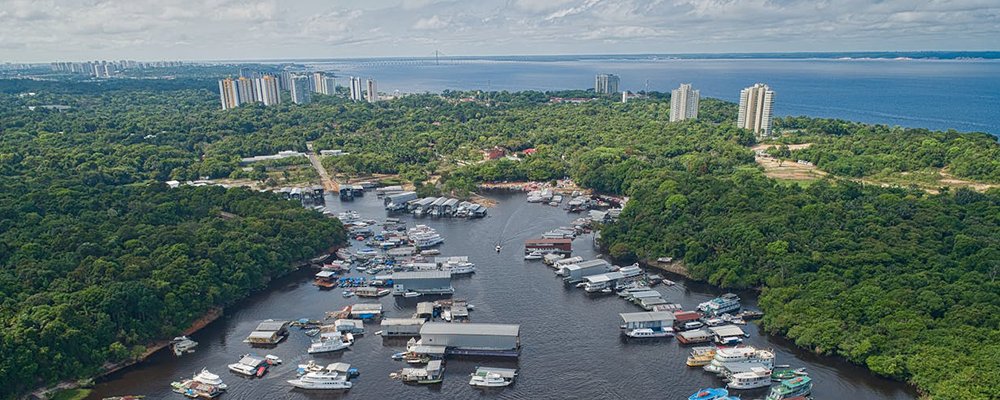
Mossoró
Having the highest murder rate in Brazil in 2022, Mossoró is as tantalizing as Rio with its seductive beach location. But, there's a criminal underbelly of petty theft, muggings, armed robbery, and carjackings. Located in the state of Rio Grande do Norte, the city is situated between Natal and Fortaleza.
Natal
Listed at number 8 on the 2025 global list of most violent cities, Natal's beauty is marred by its high homicide rate, kidnappings, scams, and street violence. The capital city of Rio Grande do Norte, located on the Atlantic coastline, boasts numerous tourist enclaves that are considered safe during the day. Still, it may be wise to bunker down in your hotel at night. Known for its massive sand dunes, freshwater lagoon, and the footprint left by the Portuguese in the 16th Century, Forte dos Reis Magos is perched at the mouth of the Potengi River.
Rio de Janeiro
The famous seaside town of Rio de Janeiro is a juxtaposition of its alluring persona with doses of fear for tourists. Number 18 on the 2025 global list of most violent cities, its iconic Christ the Redeemer statue on Mount Corcovado is at odds with what happens in the streets, especially at night. From dancing the samba in one of the many nightclubs to sunbathing on its glorious beaches, such as Ipanema and Copacabana, Rio is both enchanting and dangerous at the same time. A city crammed with people, many of whom live in impoverished shantytown areas known as 'favelas,' Rio can be a highlight for safety-conscious tourists visiting Brazil.
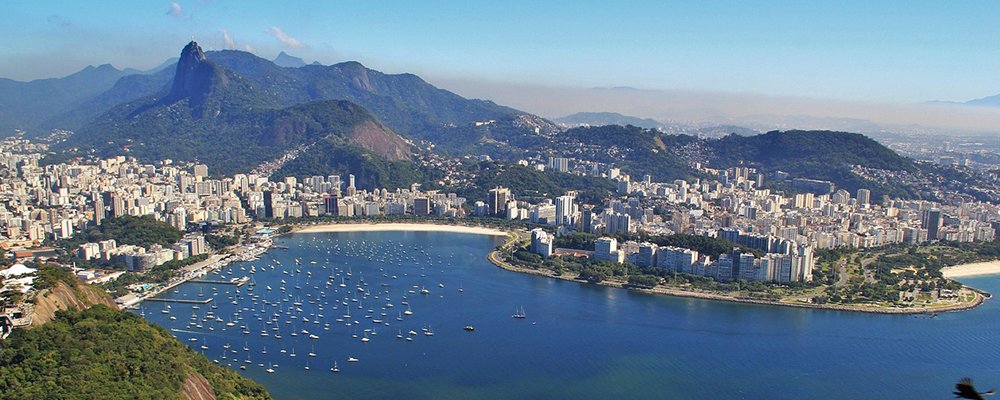
Salvador
Number 17 on the 2025 global list of most violent cities, Salvador is infamous for its street crimes, including gangs of kids on pickpocketing adventures, much to the detriment of tourists and locals alike. Sitting in the state of Bahia, it's cloaked in Portuguese colonial architecture, with a historic enclave of cobblestone alleys, baroque churches, and colorful buildings. Perched on a cliff peering over the Bay of All Saints, it was once a hub for the sugarcane industry and the slave trade.
Vitória da Conquista
Another city conquered by the Portuguese, Vitória da Conquista, has only a few notable historical buildings to interest tourists. A commercial town that's home to the Southwest Bahia State University, its surrounding plateau regions produce high-quality Arabica coffee. Plenty of muggings, pickpockets, and scams are high on the radar here.
Gail Palethorpe, a self proclaimed Australian gypsy, is a freelance writer, photographer and eternal traveller. Check out her website Gail Palethorpe Photography and her Shutterstock profile.



